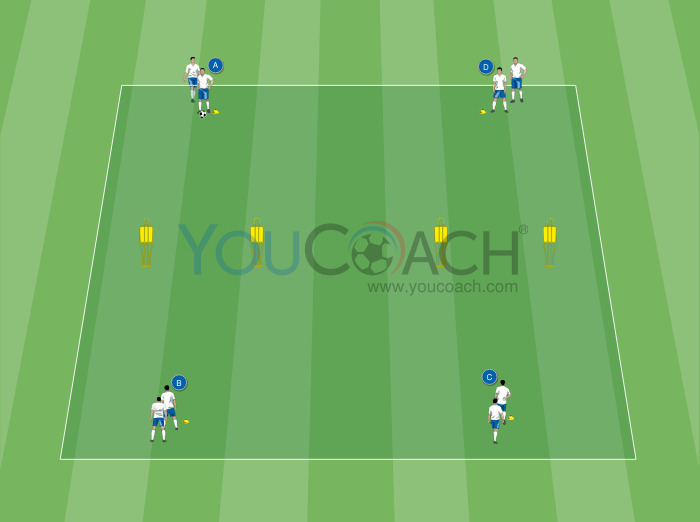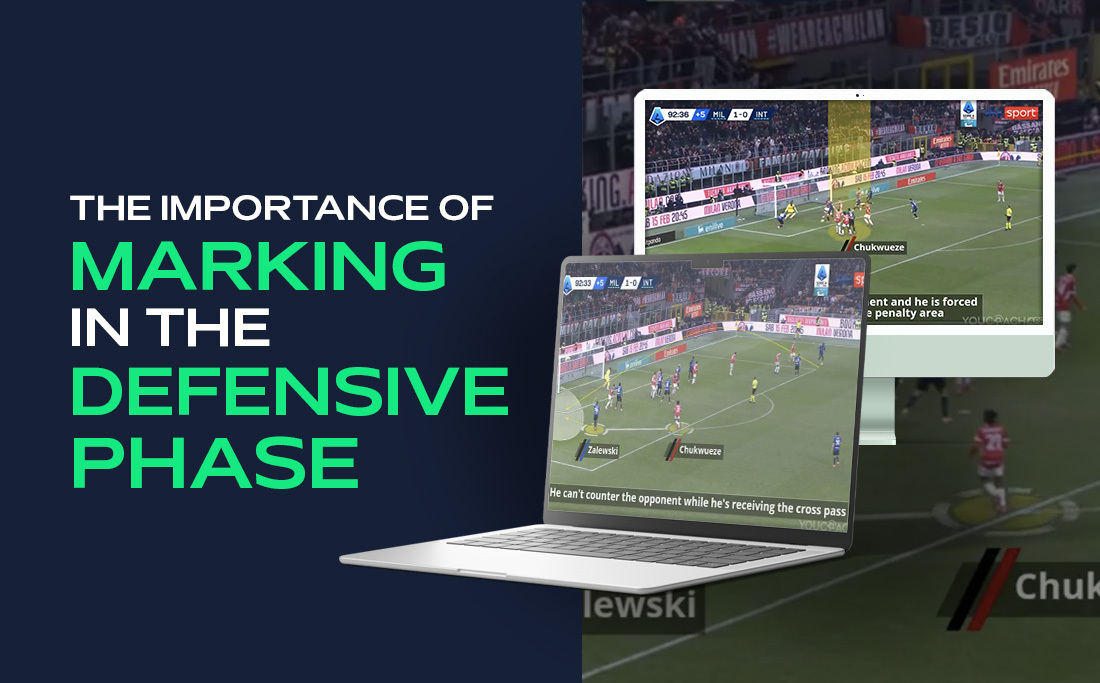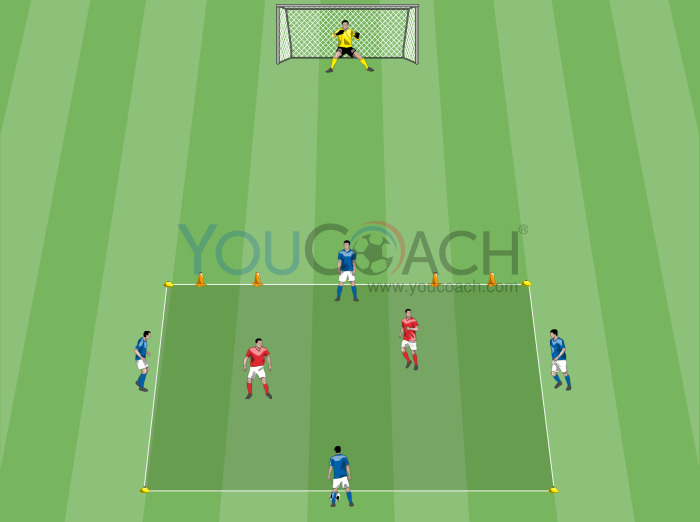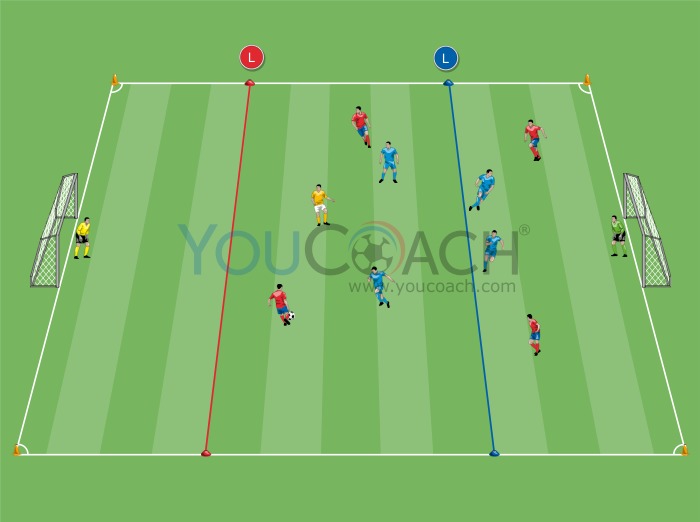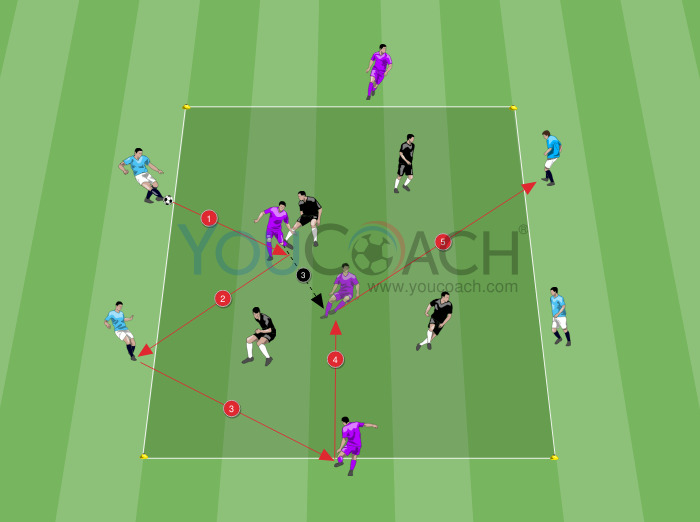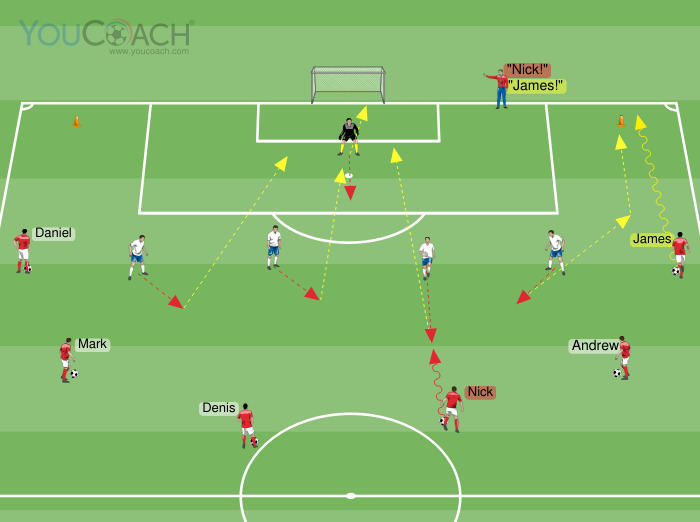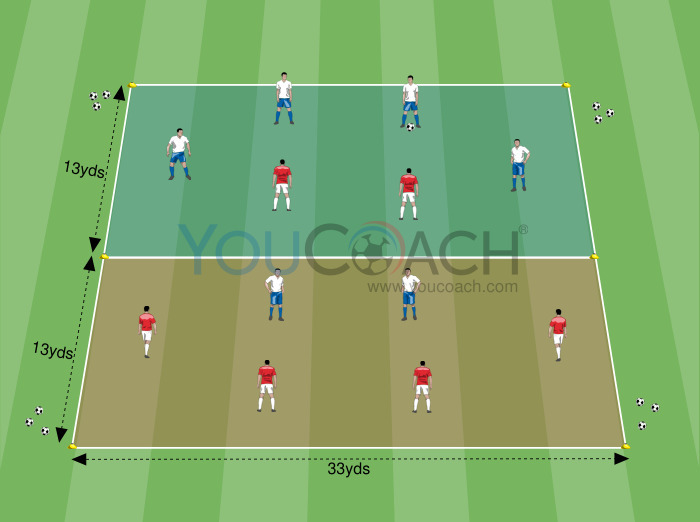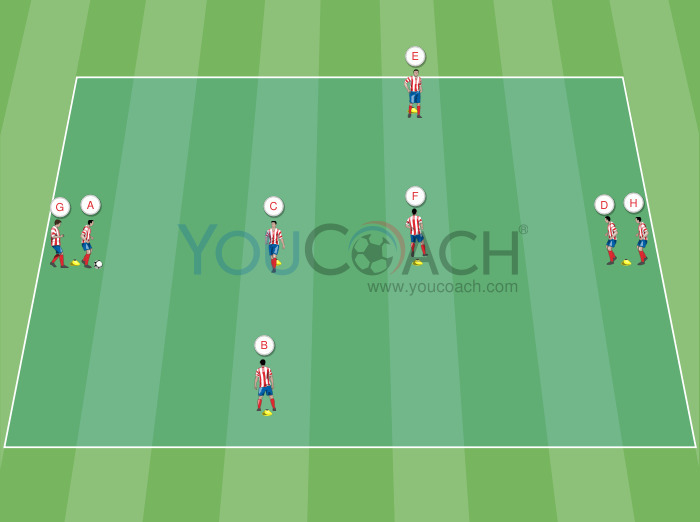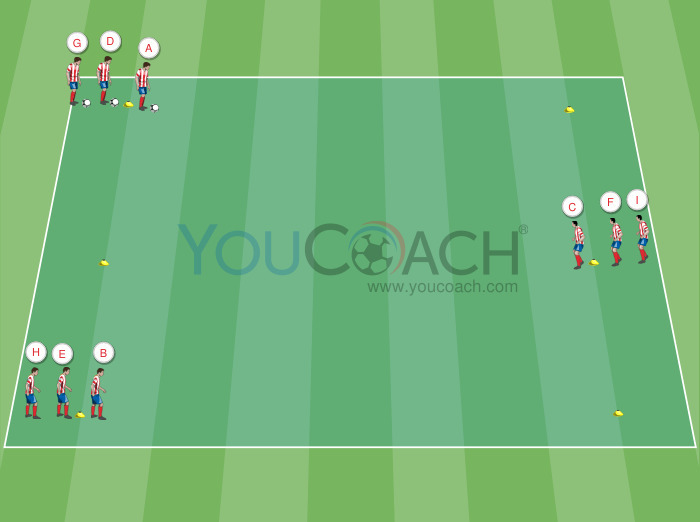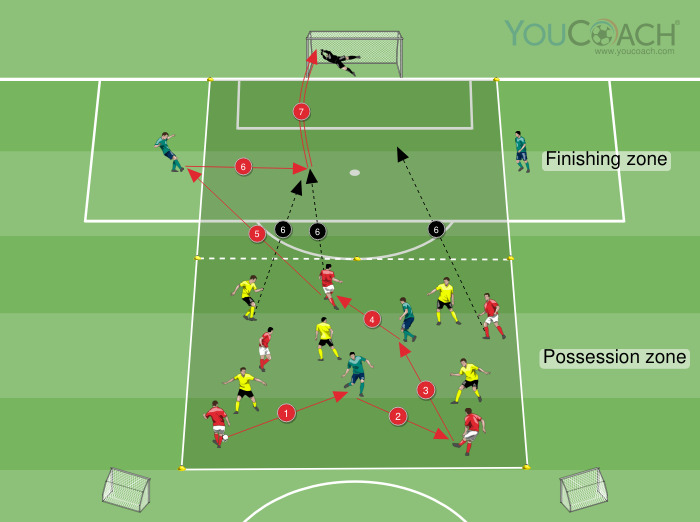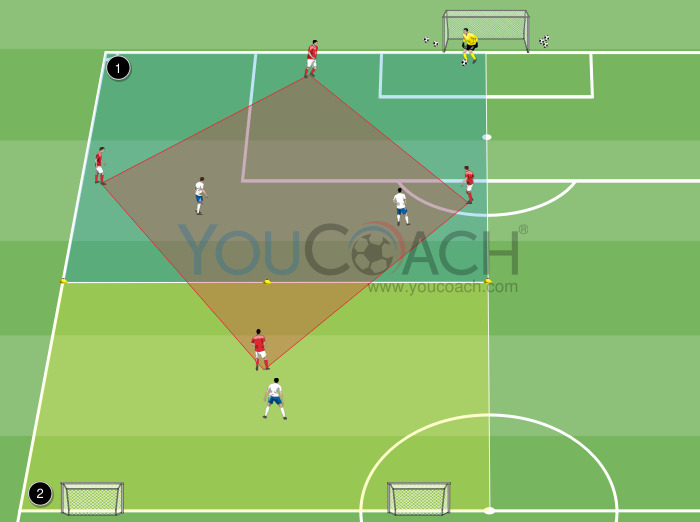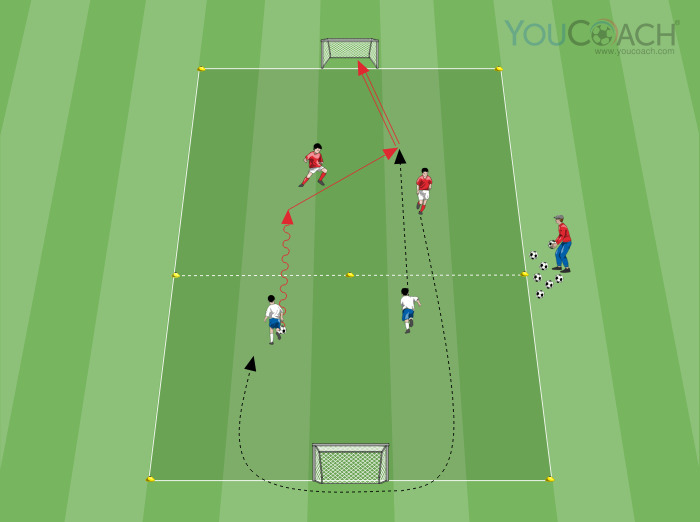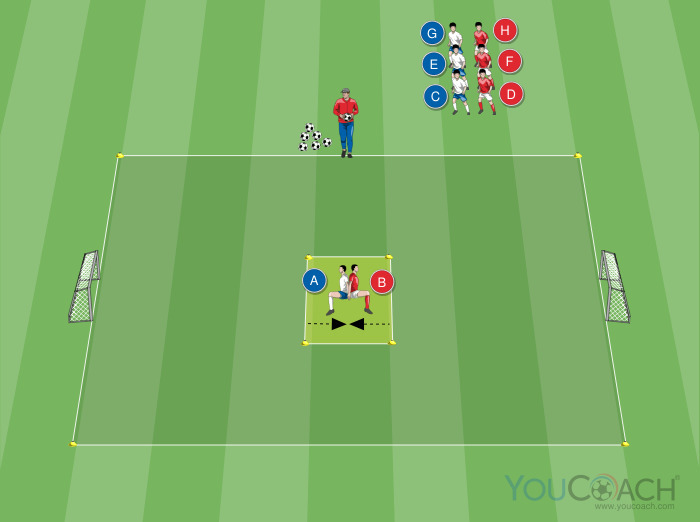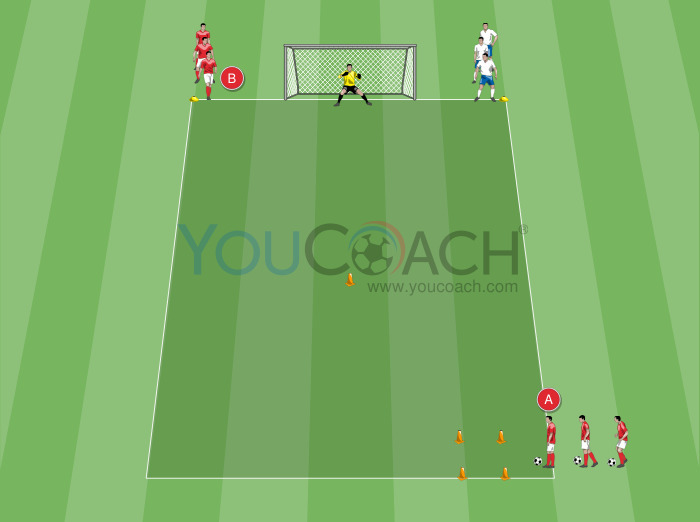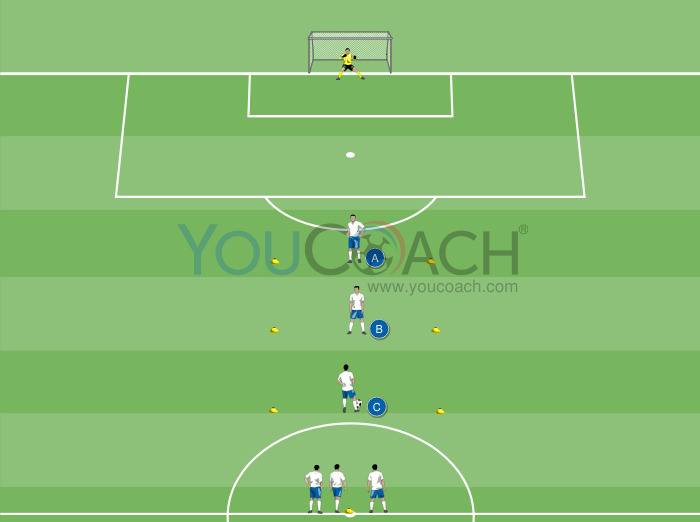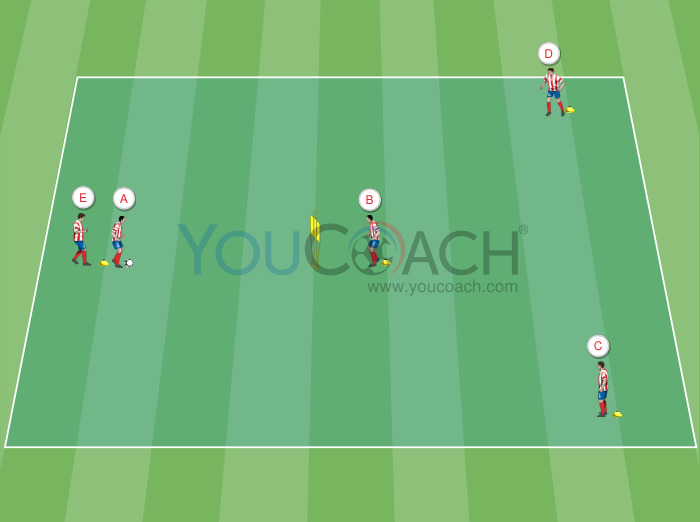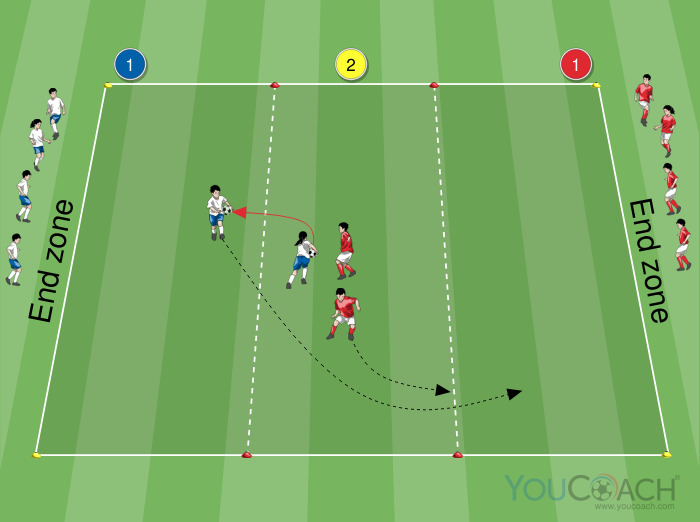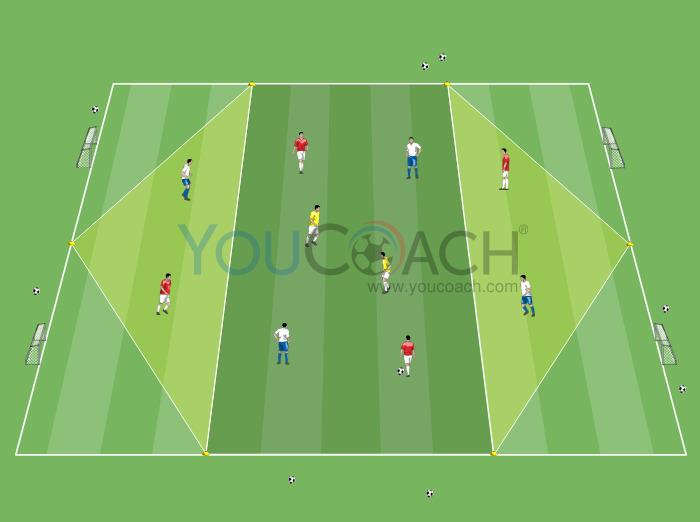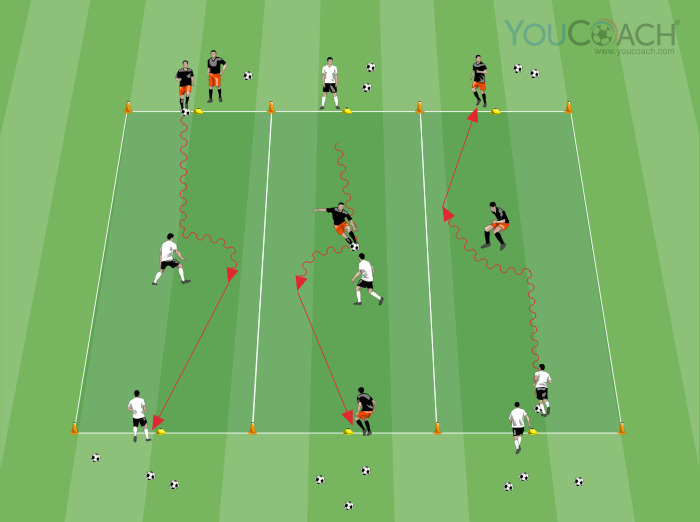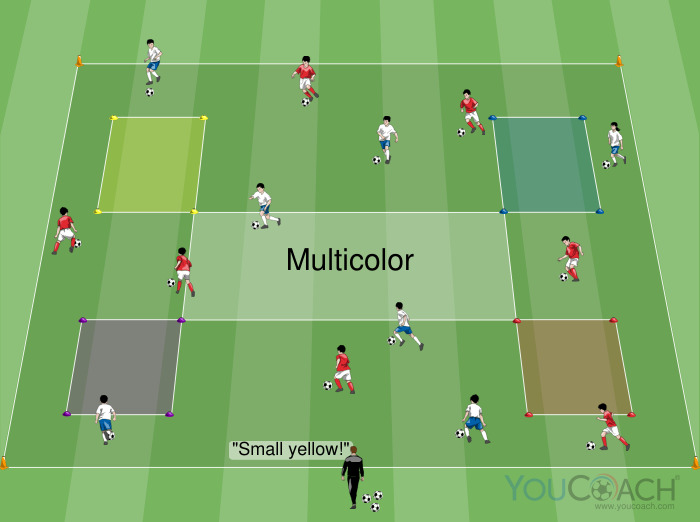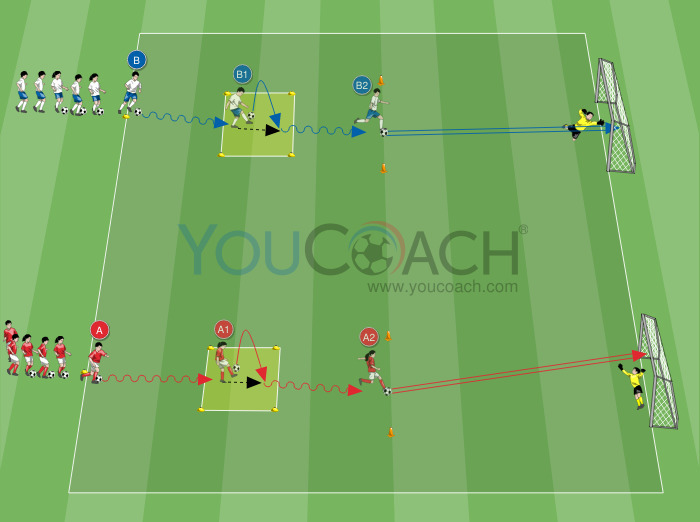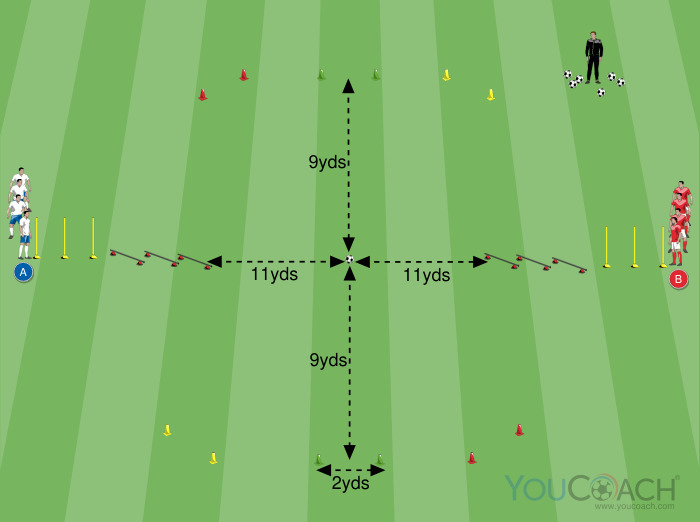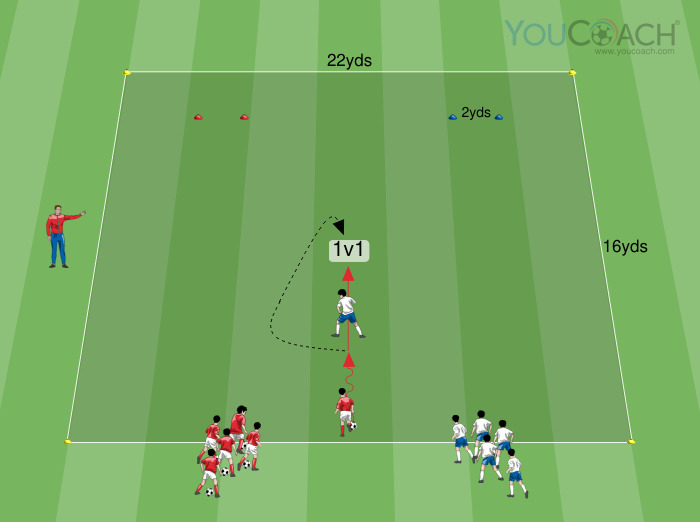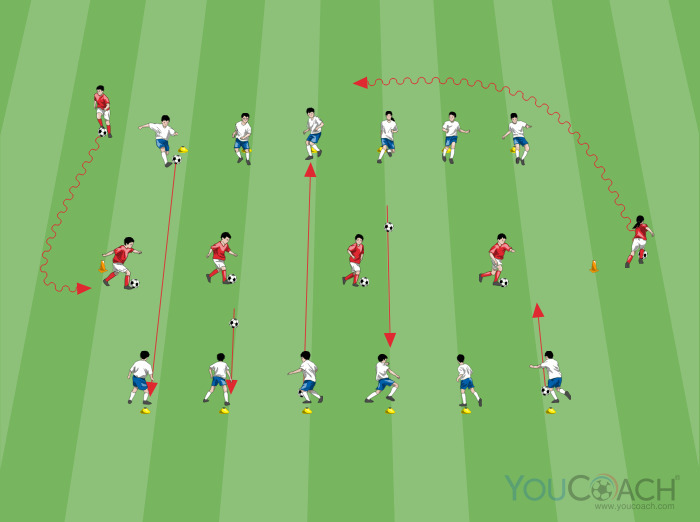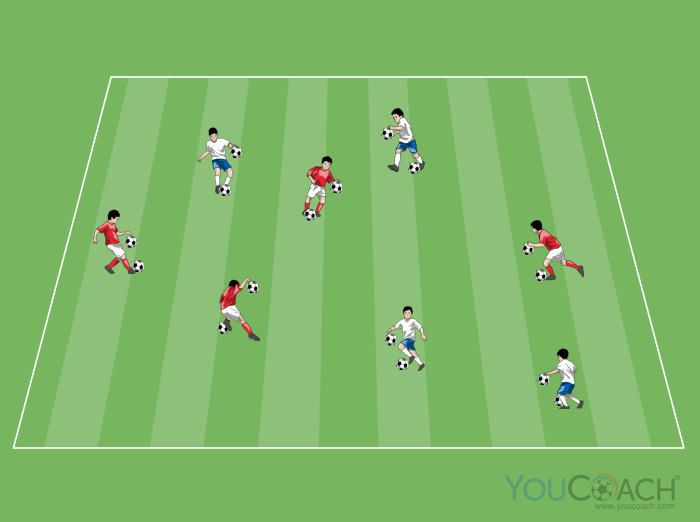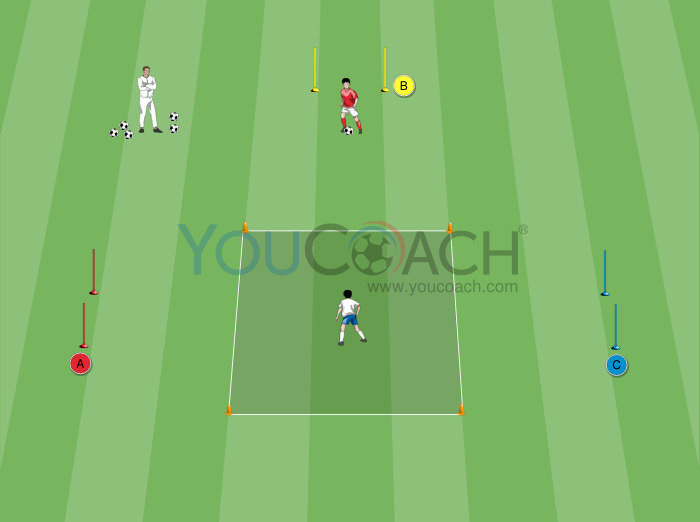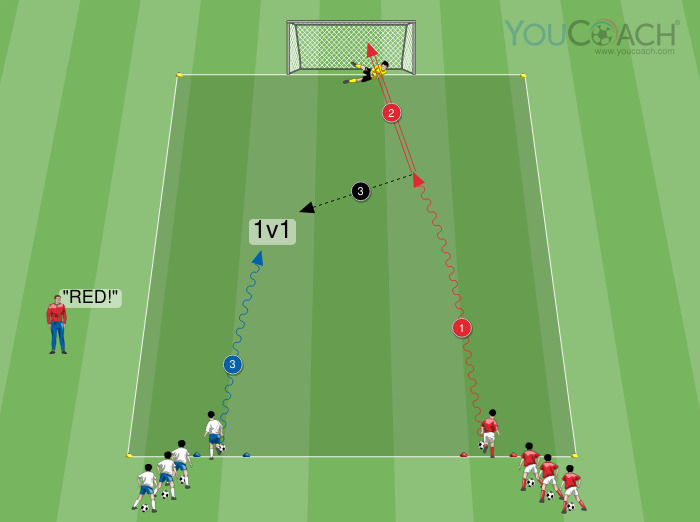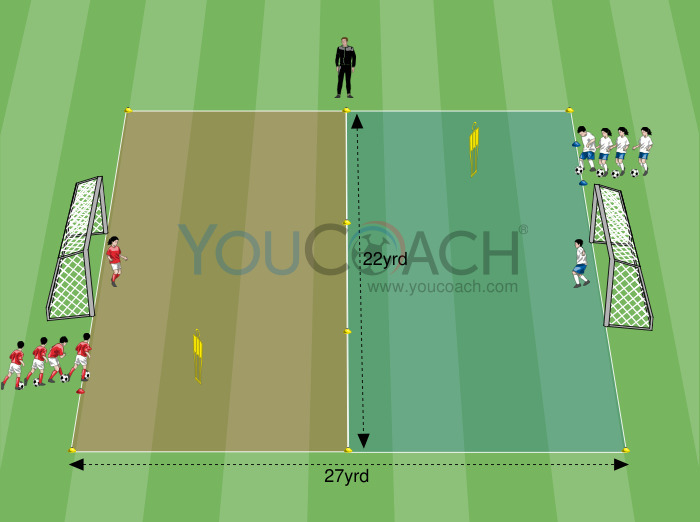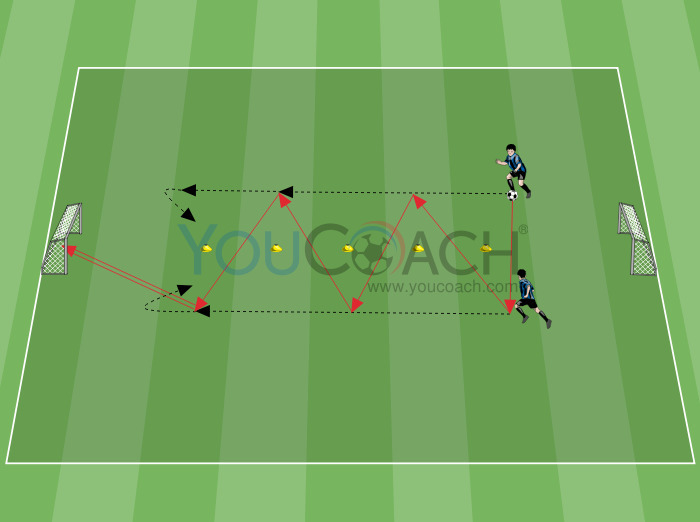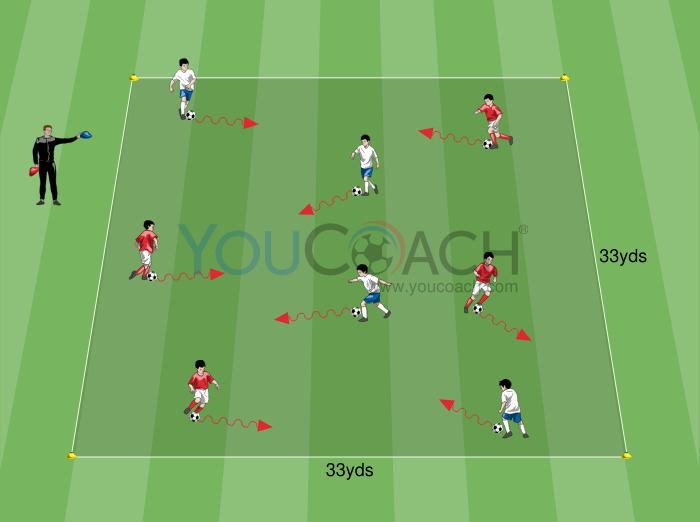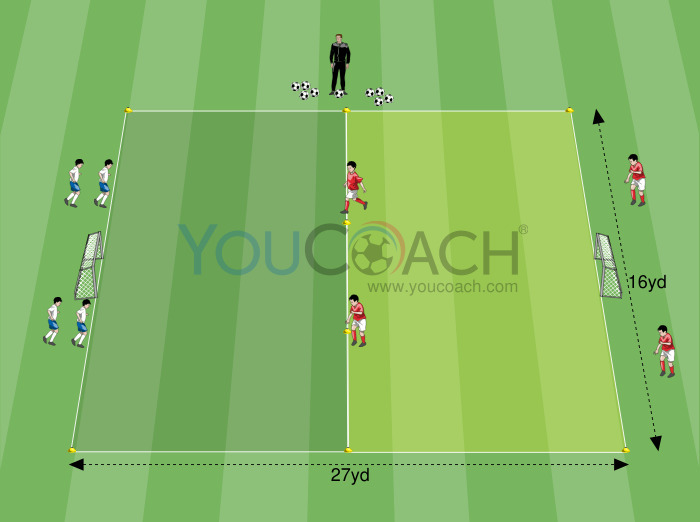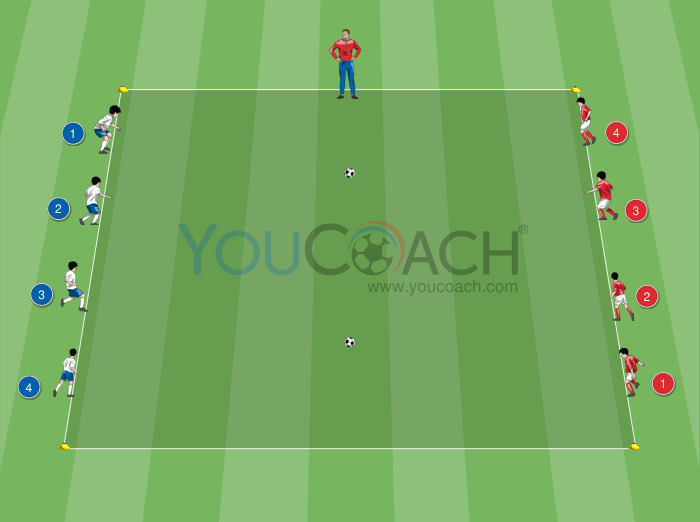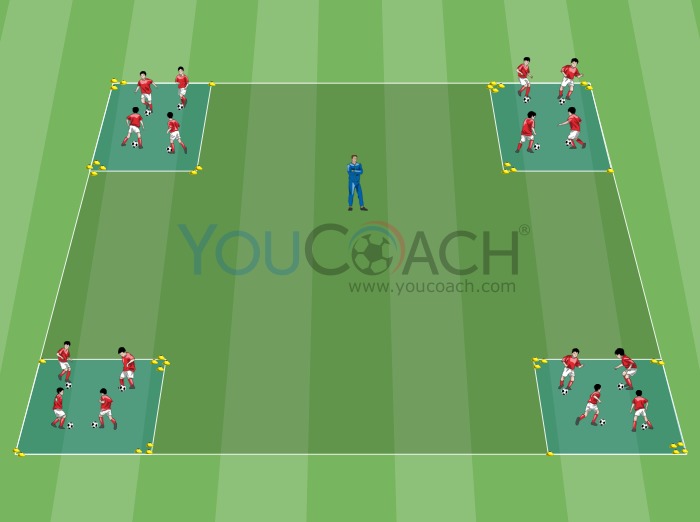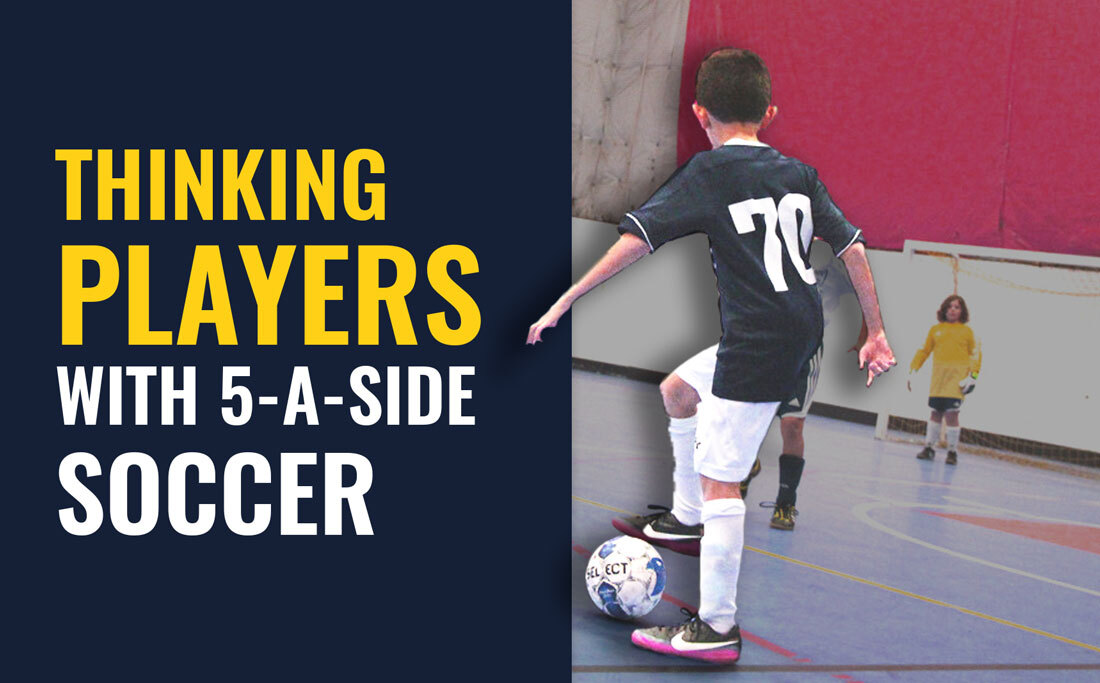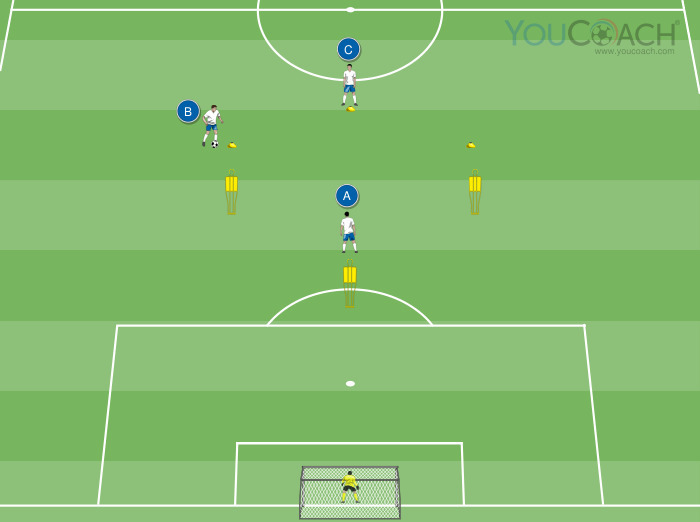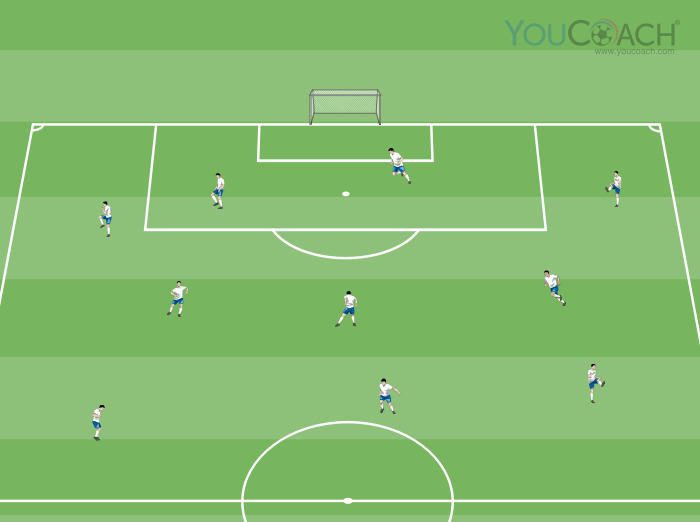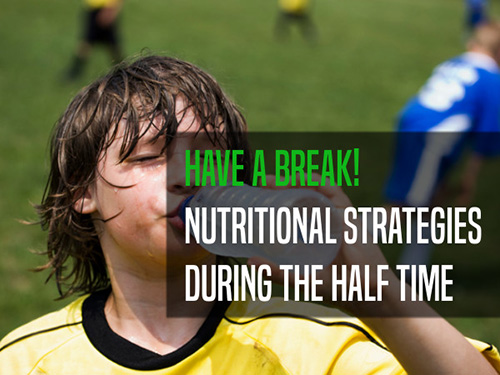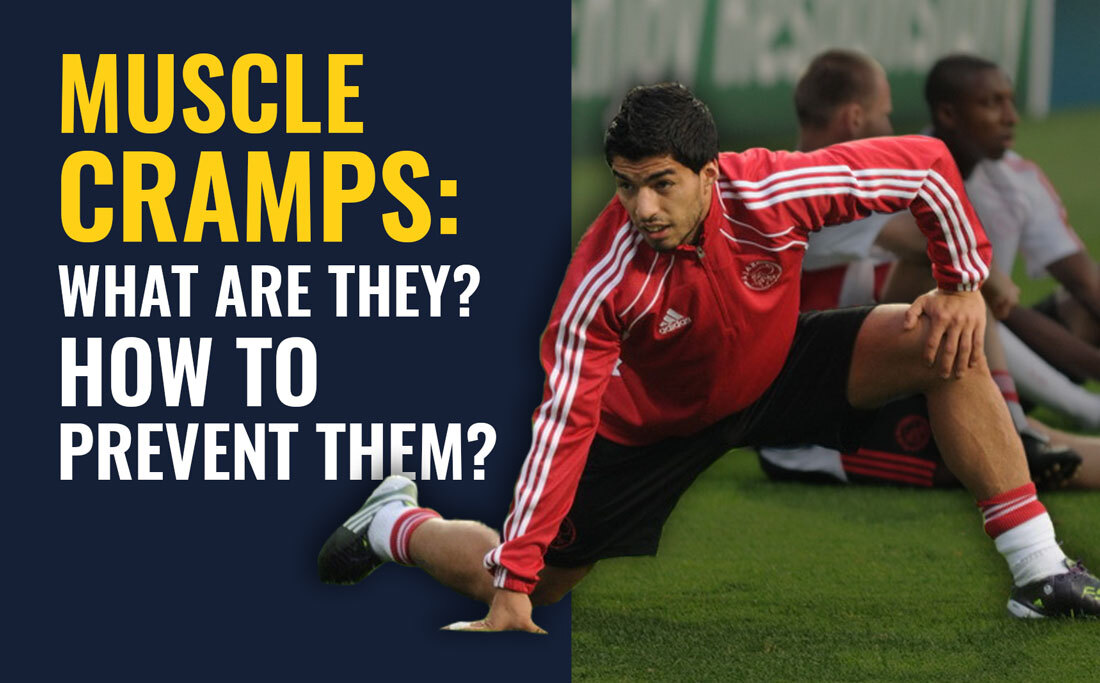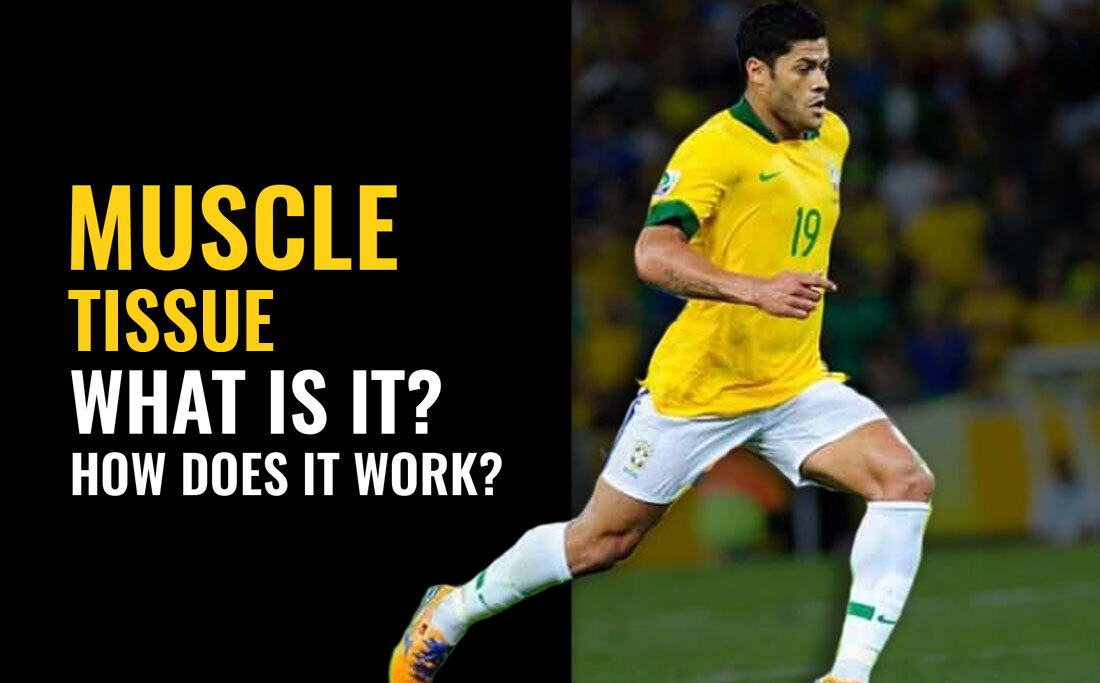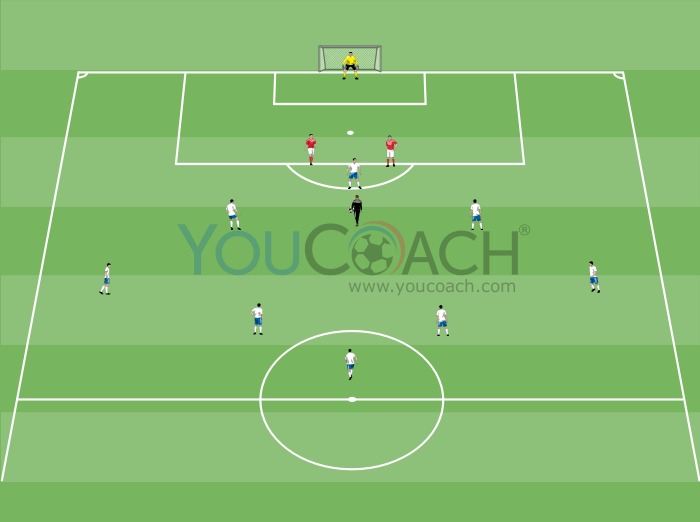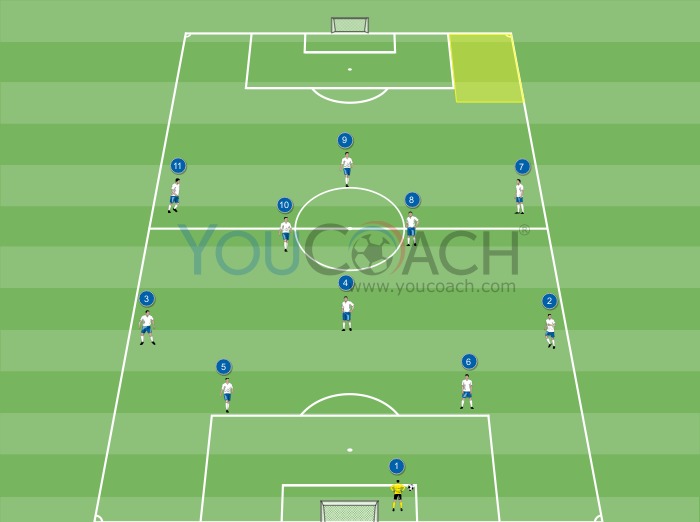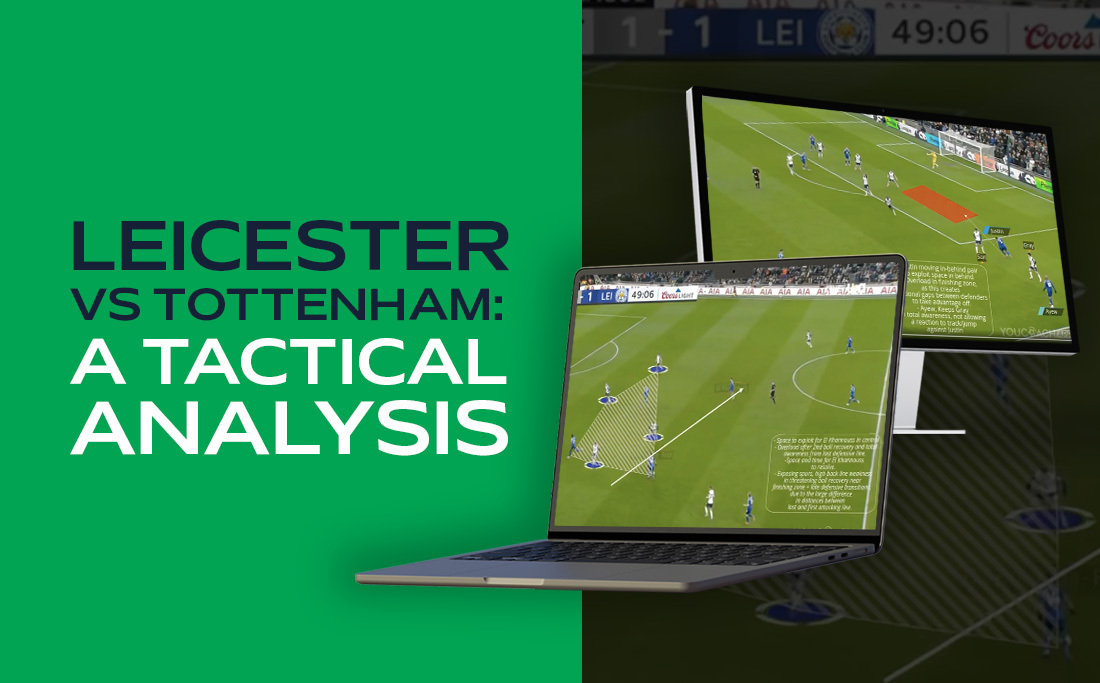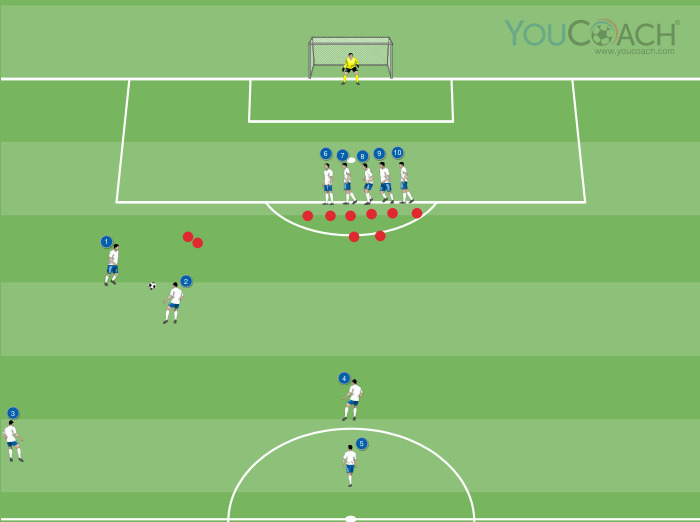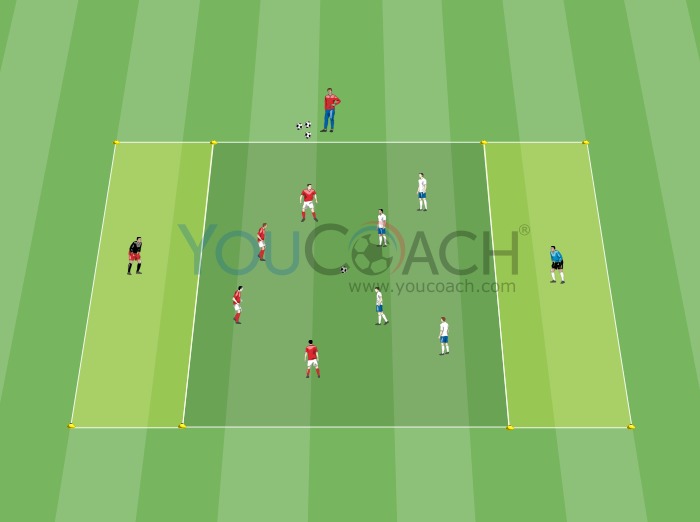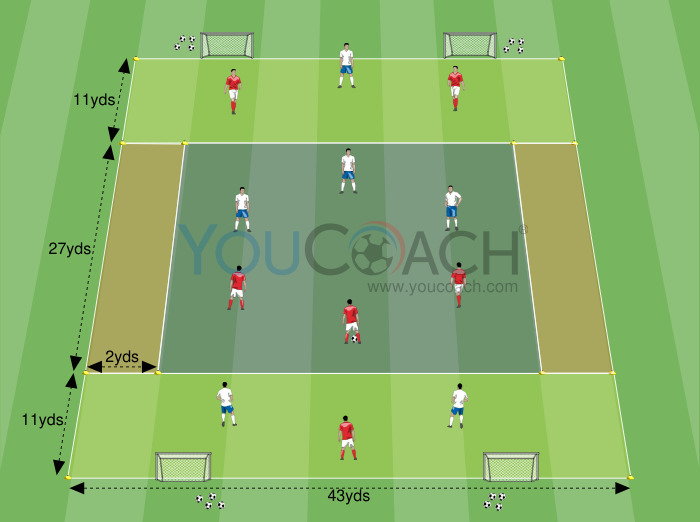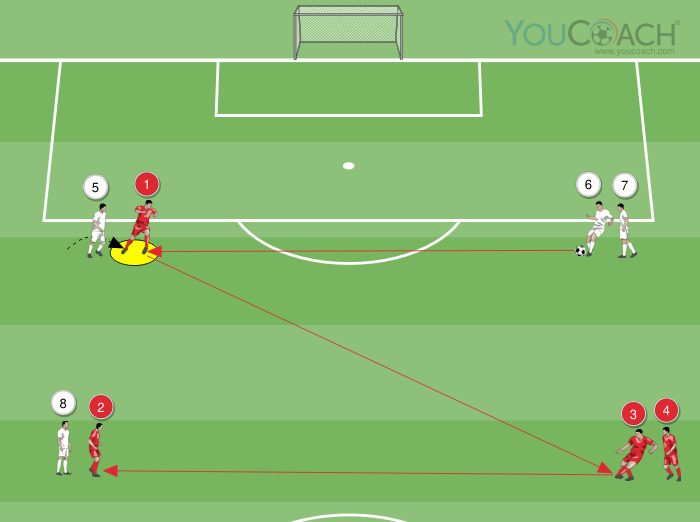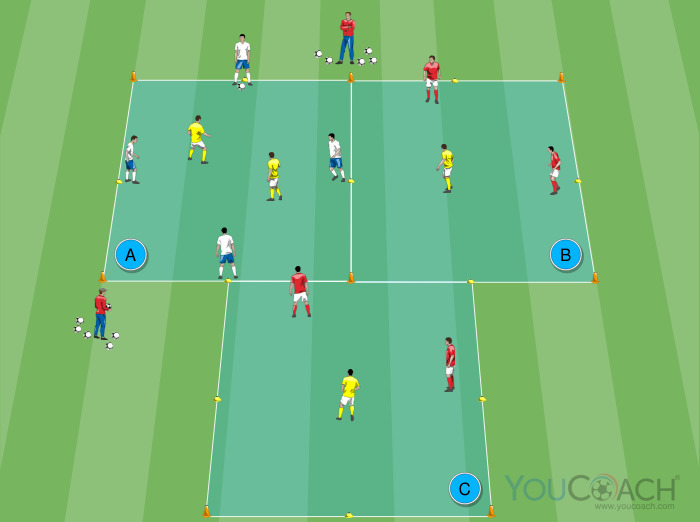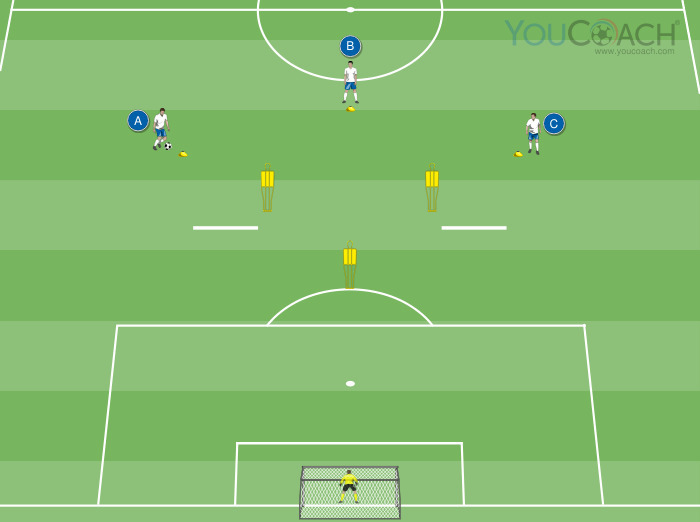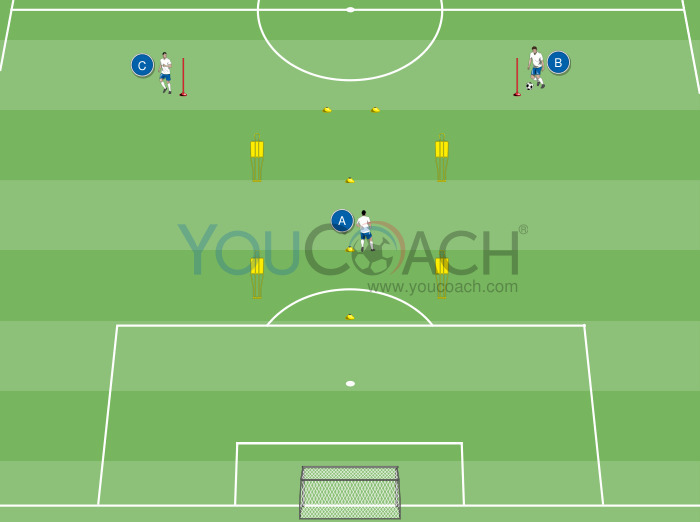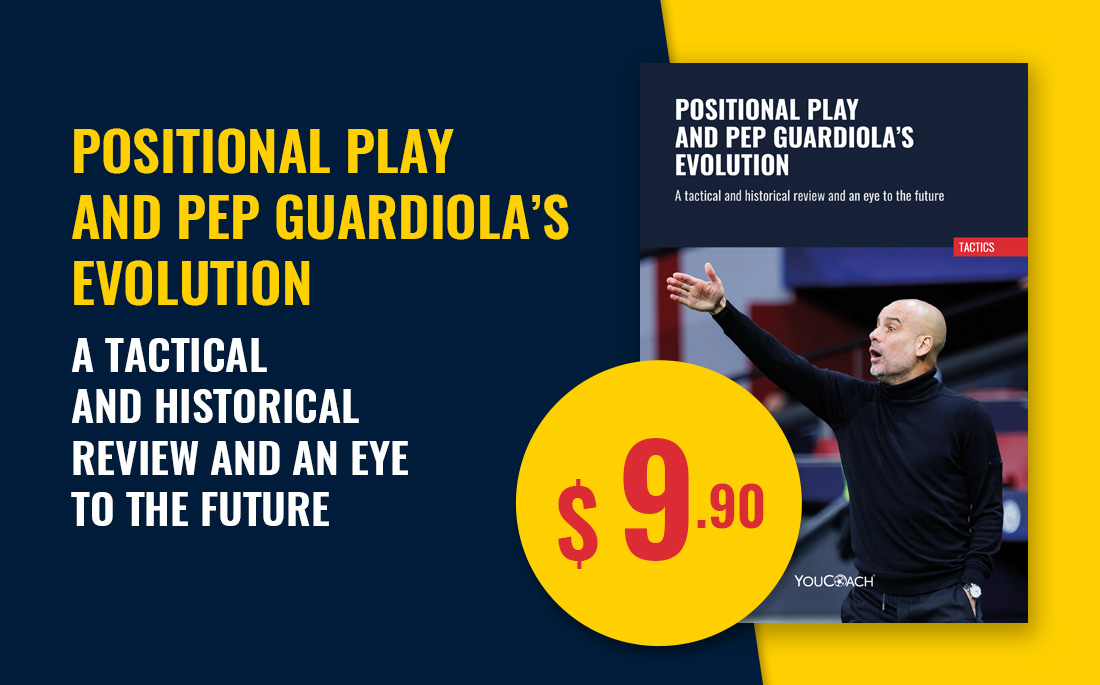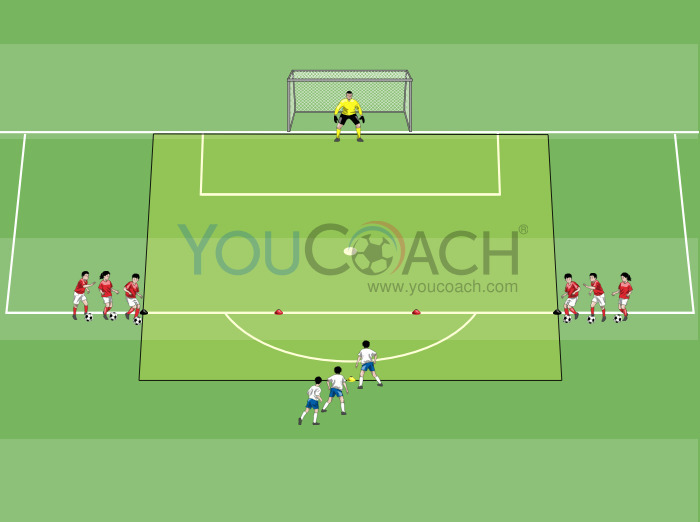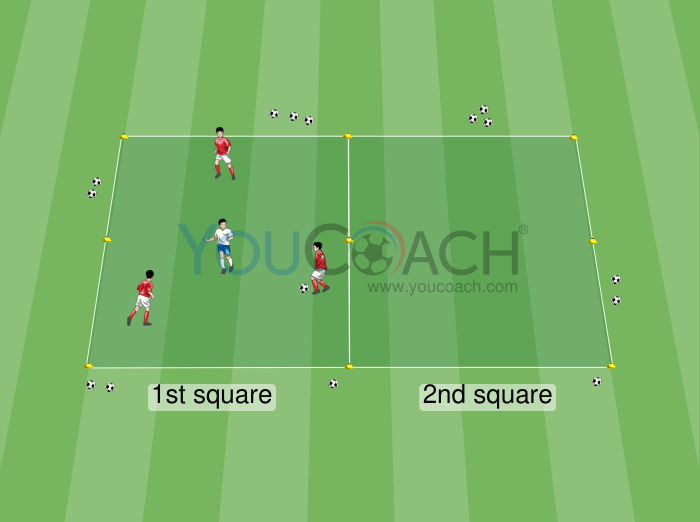Soccer Tactics
In soccer, the term “Tactics” refers to the coordinated movement of two or more players within the same unit, two units, or the entire team, with a shared and predetermined purpose.
When talking about soccer tactics, it’s important to keep in mind that the shared goal of all players is to score one more goal than the opponents and win the game. The tactics in soccer are manifested in two moments, each of which has a specific purpose: when the team has possession of the ball and when the team doesn’t have possession of the ball.
-
Soccer Tactics
Quick 1 v 1 with shot on goal
1v1 - Practice for fast ball driving and goal shooting with 1 v 1 situation (attack and defend) -
Soccer Tactics
6 v 6 ball possession with width play development
Possession - Ball possession with development of the game in width to search for depth and verticalization with insertions without the ball -
Soccer Tactics
Anticipate and play - Real Madrid CF
Anticipation - Recover the ball and perform a quick turnaround of passes, Real Madrid school -
Soccer Tactics
Three-team 4 v 2 rondo at high pace - Julian Nagelsmann
Possession - Drill by Julian Nagelsmann to train retention of possession in tight spaces and at high pace -
Soccer Tactics
Receiving behind the opponent's back - Marcelo Bielsa
Creating space - Analytical drill by Marcelo Bielsa to train the forward to lure the opponent out of their zone and then exploit the space created -
Soccer Tactics
Receiving close to the opponent - Marcelo Bielsa
Creating space - Analytical drill by Marcelo Bielsa to train the forward to take advantage by creating space to the opponent's side -
Soccer Tactics
Receiving with oriented control - Marcelo Bielsa
Receiving to turn - Analytical drill by Marcelo Bielsa to train the forward to unmark effectively -
Soccer Tactics
NEW E-BOOK: Positional Play And Pep Guardiola'S Evolution
Tactical - A tactical and historical review and an eye to the future -
Soccer Tactics
1 v 1 in defensive recovery with shot on goal
1v1 - 1 v 1 game with ball driving and defensive recovery to counter the opponent's finishing -
Soccer Tactics
Situational double square: 3 v 1
Creating space - 3 v 1 possession to create numerical superiority around the ball


